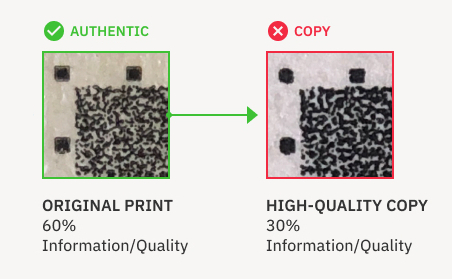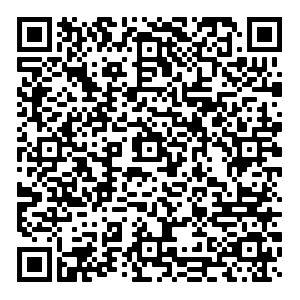Global brands are embracing QR code anti-counterfeiting solutions for anti-counterfeit packaging and documents due to advances in digital printing, smartphone cameras, and recent changes in consumer habits. Taken together, these changes have made secure QR codes more scalable and cost-effective than traditional physical security features like holograms and taggants. Not all QR codes used for anti-counterfeiting are the same though – several different solutions have emerged for securing QR codes, each with different strengths and weaknesses.
Blog
How to use QR codes for anti-counterfeiting: Dynamic vs. Secure
Our anti-counterfeiting technology team breaks down the main QR code solutions for anti-counterfeiting on product packaging.

In this article, we apply decades of Scantrust experience pioneering anti-counterfeit security to an in-depth review of the security features, pros, and cons of using QR codes for anti-counterfeit packaging and documents.
We will review, in-depth:
- Overview: the types of QR codes typically used and whether they have a security feature
- How counterfeiters typically copy packaging and QR codes
- Static and dynamic QR code security
- Serialized (unique) code security
- Secure QR codes security
- How to protect against counterfeiters bypassing your QR code
- How practical it is for users to scan QR codes for product authentication
- How to choose a QR-code-based anti-counterfeiting solution
Overview of common QR code features and utility in anti-counterfeiting
The following shows several types of QR codes and their features as they can be applied to an anti-counterfeiting use case:
Serialized codes

- Test
- Test
- Test
Serialized codes

- Test
- Test
- Test
Serialized codes

- Test
- Test
- Test
Serialized codes

- Test
- Test
- Test